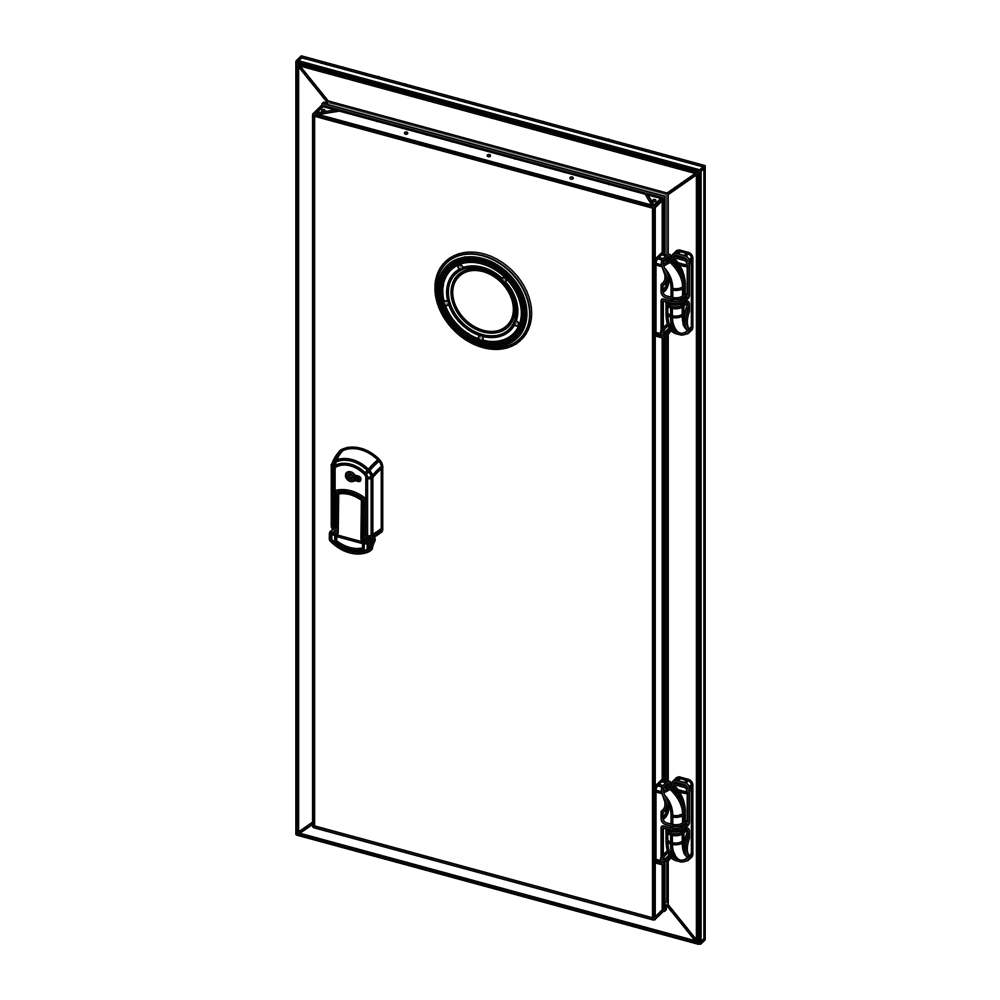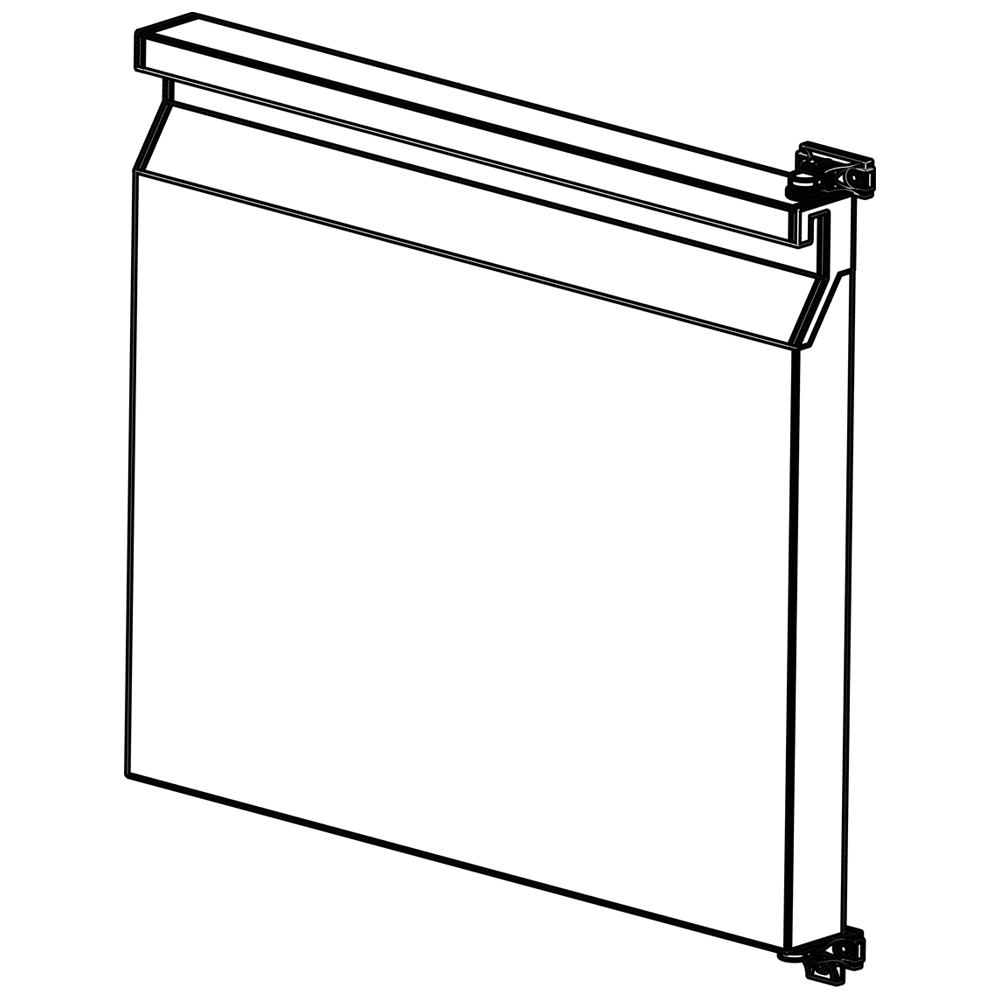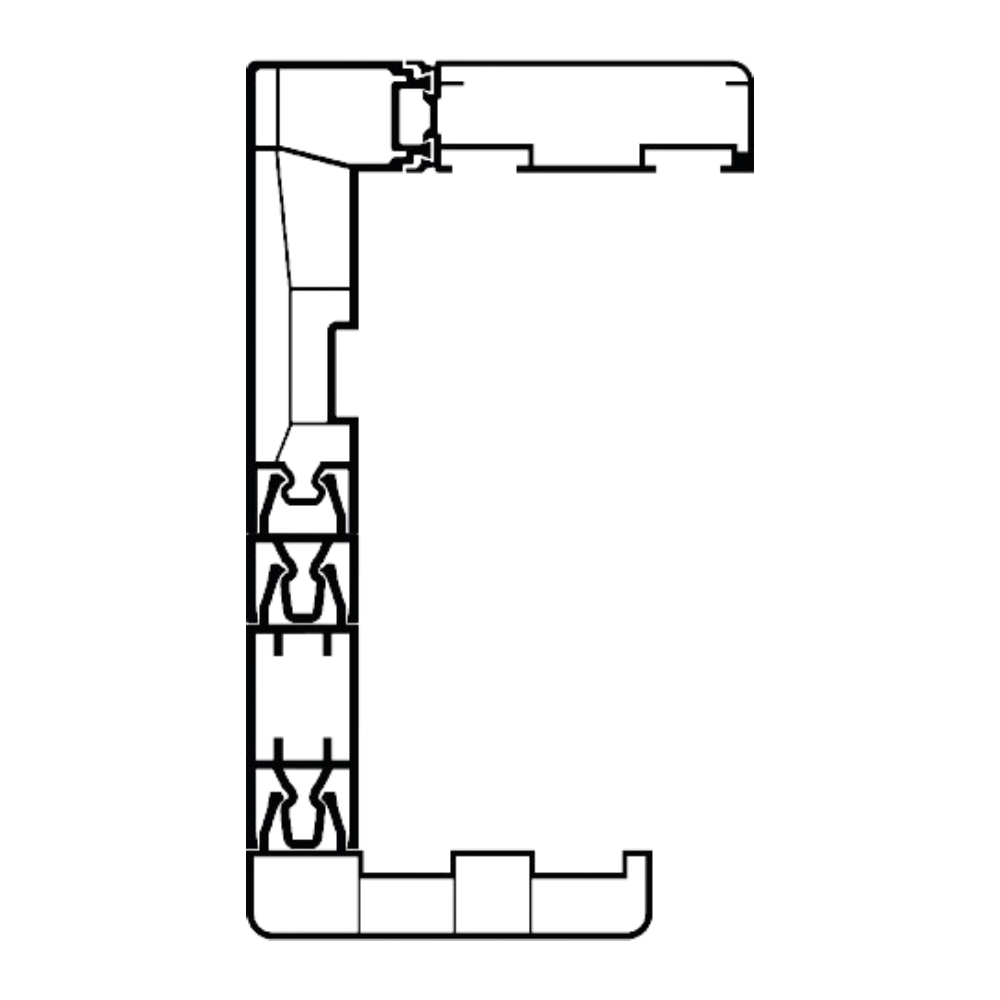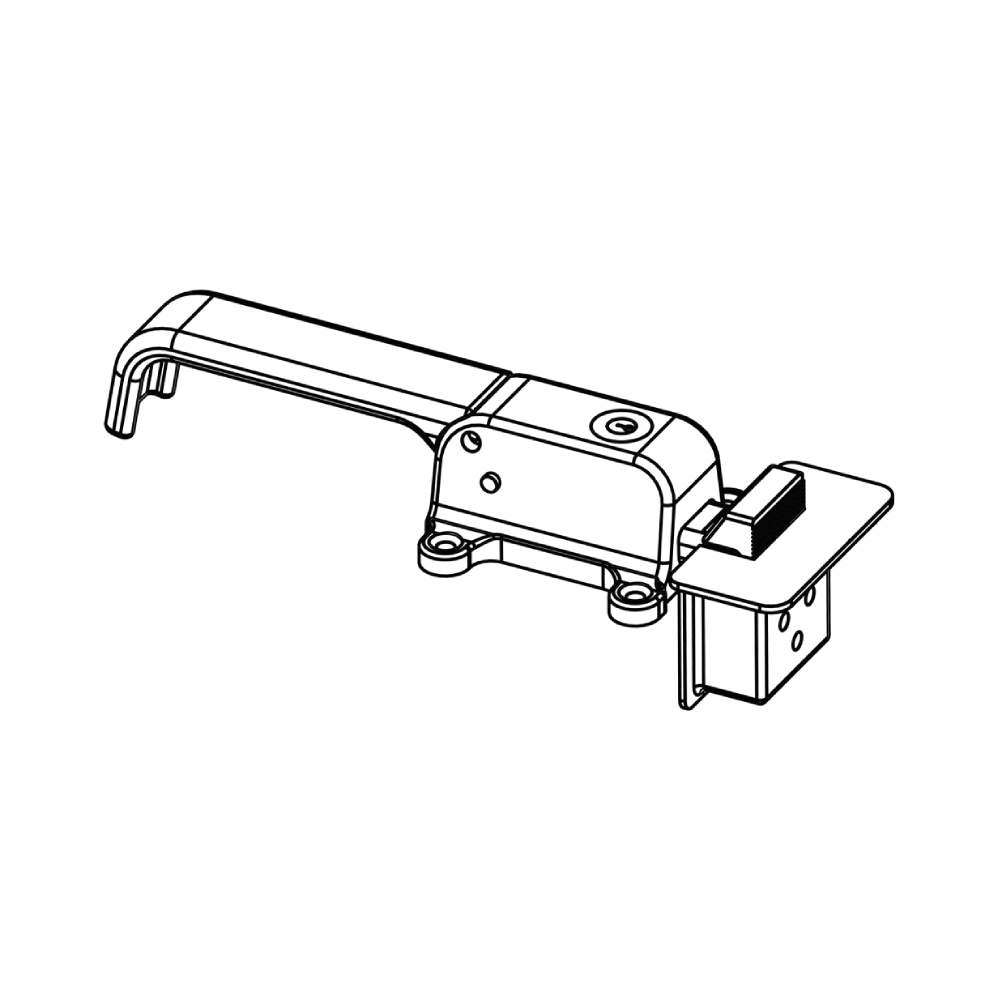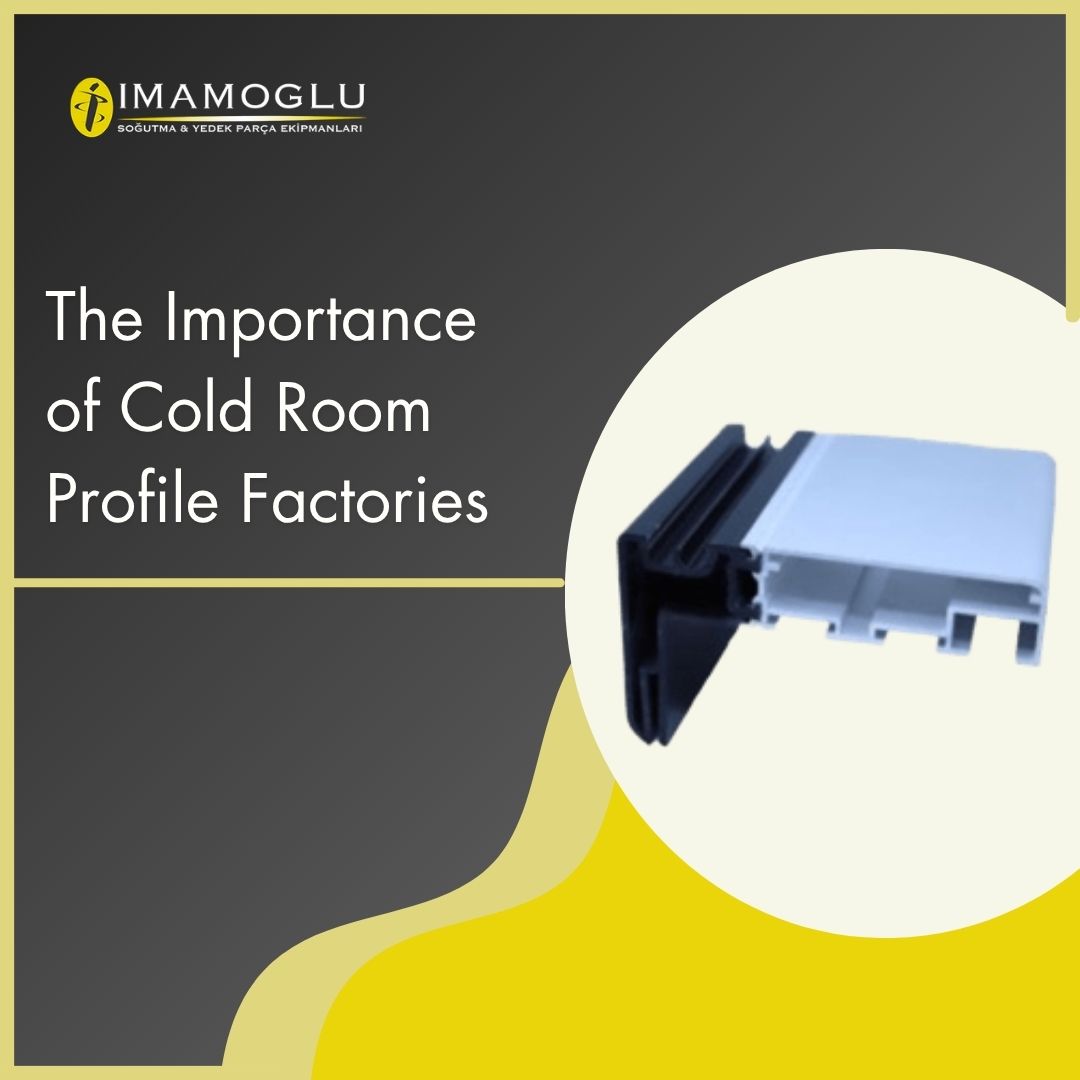The Importance of Cold Room Profile Factories
Importance of Cold Room Profile Factories
Cold room profile factories hold indispensable importance in various sectors such as food storage, logistics, and healthcare. These factories produce profiles, one of the most critical components of cold room systems that ensure the preservation of products and their freshness over extended periods. These profiles not only provide mechanical durability but also enhance energy savings and insulation performance. Today, such factories play a critical role in the sustainability of industrial production.
Technological Advancements
With advancing technology, significant progress has been made in cold room profile production. Modern factories utilize robotic production lines, high-precision cutting machines, and eco-friendly production techniques. These technologies ensure that profiles are more durable, energy-efficient, and aesthetically pleasing. Additionally, the use of 100% recyclable materials aims for environmentally friendly production. Cold room profile manufacturing has now reached a new dimension in terms of speed and quality, thanks to automation systems equipped with smart devices.
Factories, through smart manufacturing systems, can produce customized profiles tailored to the specific needs of their customers. This offers a significant advantage, particularly in specialized applications such as cold storage used in the healthcare sector. Moreover, such innovations optimize production processes, reducing costs and elevating quality standards. Newly developed software and automation processes increase production speed in factories while minimizing error rates.
High-tech CAD/CAM-supported design tools enable precise measurements during the production phase. These tools allow for the creation of custom profiles based on customer needs. As a result, factories can quickly respond to specific demands in addition to standard production.
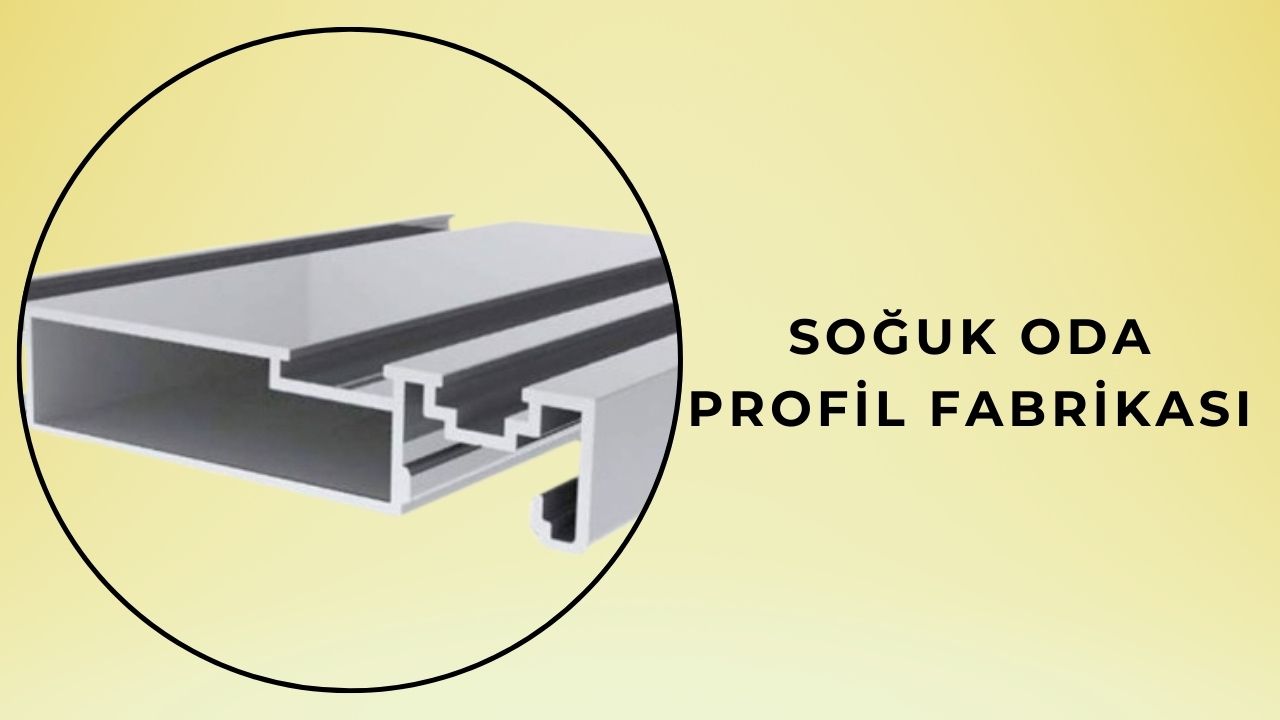
Energy Efficiency and Insulation
One of the most important functions of cold room profiles is to provide energy savings. High-quality profiles prevent cold air from escaping and warm air from entering, keeping energy consumption at a minimum. This feature reduces operational costs and mitigates environmental impact. In particular, polyurethane-filled panels and designs that minimize thermal bridges elevate insulation performance to the highest level. Modern production processes focus on reducing energy losses, adopting a more sustainable approach.
Energy efficiency helps businesses reduce their carbon footprint. Factories produce profiles that consume less energy by using next-generation materials. This promotes an eco-friendly approach while offering customers more cost-effective solutions. Energy-saving systems significantly lower businesses’ long-term costs.
In the design of profiles used in cold room systems, special coating techniques that reduce thermal conductivity are employed. These coatings minimize the transfer of cold and warm air, preventing energy loss. Such innovative solutions enhance energy efficiency while supporting businesses’ environmental sensitivity.
Durability and Safety
Cold room profiles are manufactured to withstand harsh environmental conditions. Materials such as galvanized steel, aluminum, and stainless steel are used to resist factors like high humidity, low temperatures, and chemicals. These materials ensure long-lasting use while enhancing the safety of cold room systems. Profiles produced in compliance with safety standards enable the secure storage of sensitive products like food and pharmaceuticals.
Furthermore, factories adhere to international ISO 9001 quality standards and other industry regulations during production. These standards increase product reliability and customer satisfaction. Additionally, the use of nanotechnology to enhance durability is becoming increasingly common. Nanotechnology improves profiles’ resistance to corrosion and physical wear, offering long-lasting solutions.
Factory Production Processes
Cold room profile factories heavily utilize automation technologies in their production processes. These processes are monitored with high precision from raw material input to finished product output. Production lines typically consist of the following stages:
- Raw material processing: Steel sheets, aluminum, or other materials are processed in cutting and shaping machines.
- Coating: Products undergo special coating processes to ensure corrosion resistance.
- Assembly: Profiles are combined with connectors and seals.
- Quality control: Produced profiles are tested for size, durability, and insulation properties.
Innovative devices and software used at each stage of these processes enable error-free production. Additionally, customization processes based on customer demands can be applied quickly and effectively. Factory quality control units aim to deliver flawless products by conducting rigorous inspections at every stage of production.
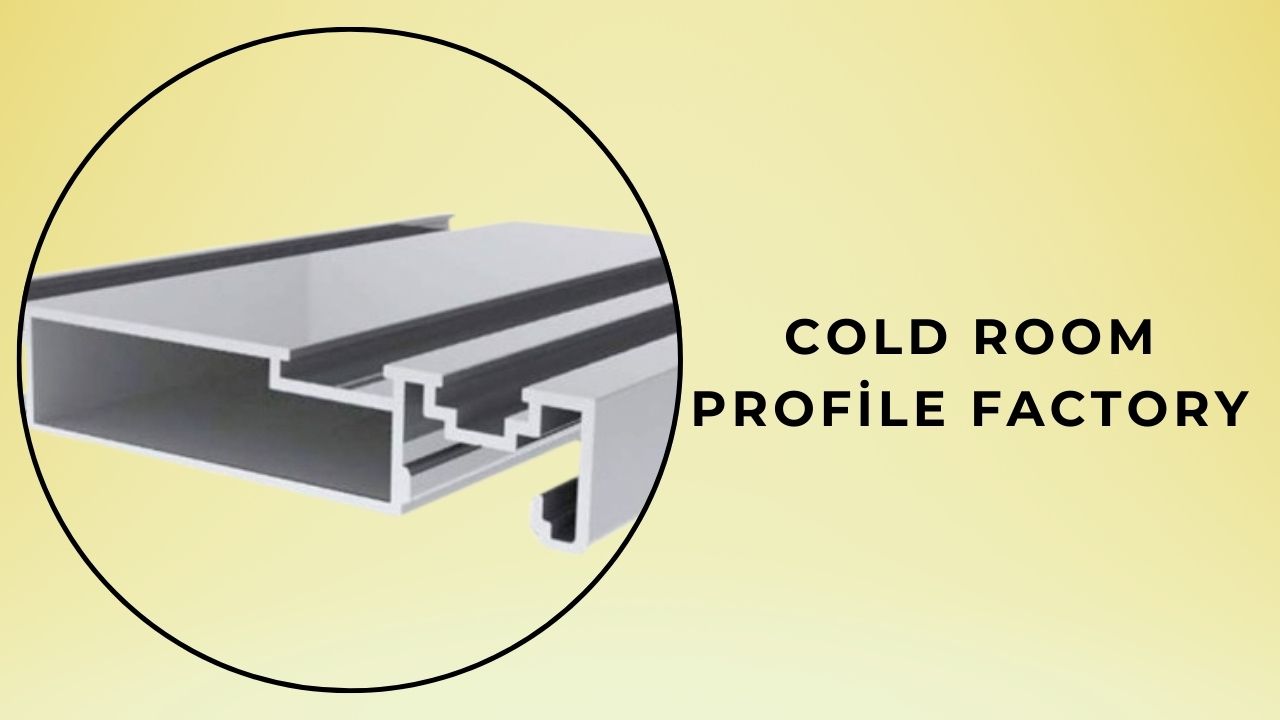
Logistics and Application Areas
The products manufactured by cold room profile factories are not limited to the food sector. They are also widely used in pharmaceutical storage, chemical storage, and logistics sectors. Especially in areas like refrigerated truck bodies used for transporting perishable goods, the durability and insulation capabilities of these profiles are of vital importance.
They have a broad range of applications, from large cold storage facilities in logistics hubs to commercial refrigerators in small-scale markets. Additionally, profiles produced for custom-designed cold rooms in industrial kitchens combine aesthetics and functionality. Thanks to their wide application range, such factories hold a significant position in both national and international markets. Cold room profiles also play a major role in storing agricultural products and efficiently operating the food supply chain.
Sustainability and Eco-Friendly Approaches
Cold room profile factories are developing innovative solutions to reduce environmental impact. The use of recyclable materials, energy-efficient production lines, and waste management systems are among these solutions. Factories also leverage renewable energy sources to reduce carbon emissions. Eco-friendly practices enhance brand prestige while contributing to a greener world.
For instance, the use of solar panels and energy storage systems in factories increases the adoption of renewable energy in production processes. Additionally, recycling waste materials contributes to the conservation of natural resources. Furthermore, for sustainable production, factories invest in water-saving technologies. Such initiatives position cold room profile manufacturers as environmentally conscious entities.
Future-Oriented Innovations
The future of cold room profile factories is being shaped by digitalization and smart manufacturing technologies. Internet of Things (IoT)-based sensors and AI-supported production lines enable faster and higher-quality production. These innovations make it possible to create flexible production systems that respond instantly to customer needs. Moreover, digitalization in production processes minimizes errors.
Additionally, with the development of light yet durable materials, cold room profiles will become more efficient and cost-effective. Such innovations will provide energy savings, offering cost advantages to businesses while contributing to environmental sustainability. The cold room profiles of the future will be shaped by both technology and environmental awareness. Research continues on new materials as well as technologies that could revolutionize thermal insulation. Furthermore, cold room solutions integrated with energy storage systems will shape the logistics sector of the future.


